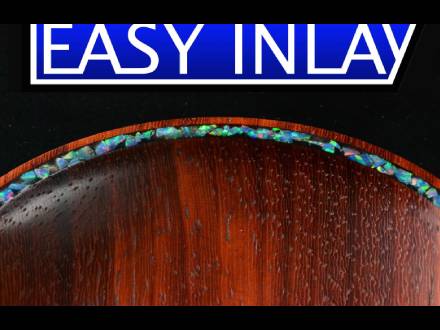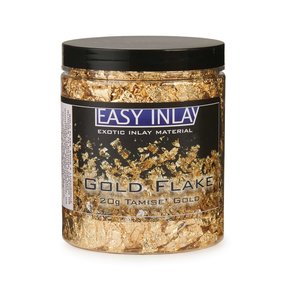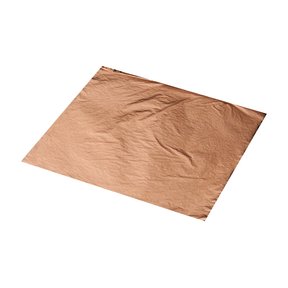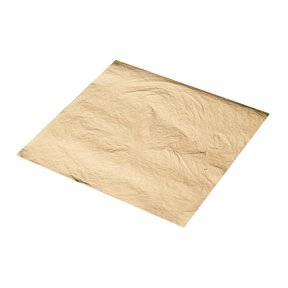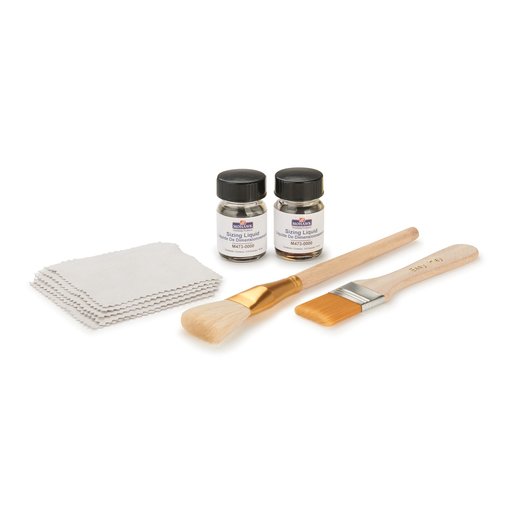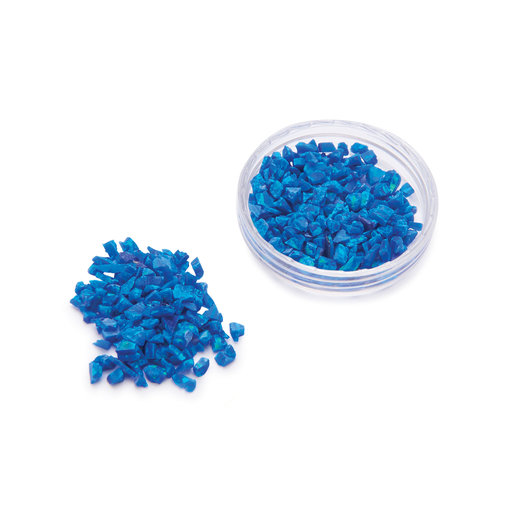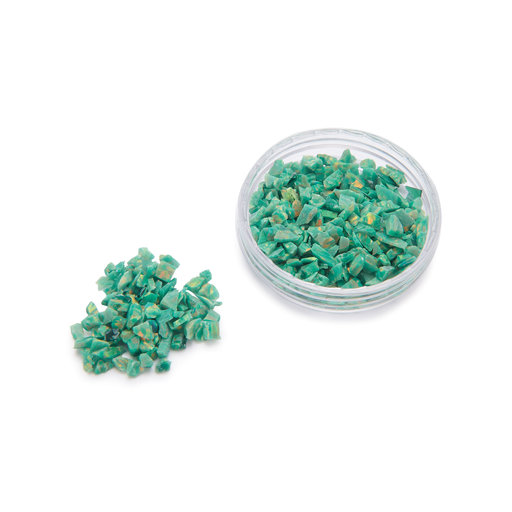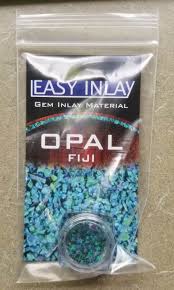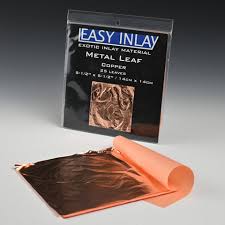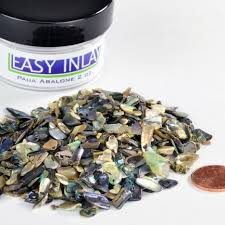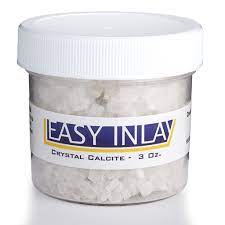Crystal Calcite
Can be used as is or dyed.
Sold in 3 oz. bags
$19.95
Paua Abalone
Small Size Pieces
2 oz bag $24.95
Easy Inlay Cultured Opal - 2 gram jar (fills a 30" x 1/8" x 1/8" groove) $19.95
Fiji
Viper
Moonbeam
Marianas
Tamise Gold Flake
20 gram jar
$19.95
Metal Flake 3 Color Starter Set Each Jar is 2 oz
$19.95
Metal Leaf Application Starter Set
$14.95
Copper Leaf
25 sheets 5 1/2" x 5 1/2"
$7.95
Imitation Gold Leaf
25 sheets 5 1/2" x 5 1/2"
$7.95
Variegated Gold Leaf
25 sheets 5 1/2" x 5 1/2"
$9.95
The inlay products below can be used with CA glue, 2 part epoxy resin or UV resin.
For tips on using CA glue, check out the video on the Glues and More page.
Here are a few tips from Scott Grove, the inlay expert at Easy InLay:
- If you're inlaying opal, paua abalone, or mother of pearl, consider painting the bottom of the channel or the void with black, white or silver first, using pigment, paint, or even nail polish. Experiment and see what you like. We find it really makes our inlays pop!
- If you're inlaying into wood, spray the inlay area with a mixture of 25% shellac and 75% denatured alcohol, and let it flash off (dry). This will help to seal the wood and avoid a "witness line" of CA glue.
- Then seal the edges of the void with CA glue or epoxy to prevent pigment from bleeding into any grain.
- You're then ready to paint the bottom and continue with the inlay process.
- Please let us know if you have any questions by writing to us at [email protected].
There are lots of ways to do inlays. Super Glue (Cyanoacrylate) is one way. 2 part Epoxy, Resin and UV Resin are other ways. Its a matter of how you like to work. I like UV Resin because there's no mixing involved and it cures quickly with Ultra Violet light - sun or a UV lamp. My favorite UV Resin is available at JDiction. This link opens to their website. I do earn a commission from sales referrals from Arizona Gourds. Use my coupon code at check out for 10% off: ARIZONAGOURDS
All Products ship free in the U.S.!
🔥【SUPER CRYSTAL CLEAR & LOWEST ODOR AND SAFE】JDiction UV Resin cooperates with the largest supplier in Southeast Asia. We only produce the purest resin, you can get the most crystal clear and gloss crafts. At the same time, we adopt the safest way to develop and produce to create a healthier and lowest odor resin, no pollution to the environment, allowing you to complete the craft work more comfortably.
UV Resin and Epoxy Resin
Sold Out
Sold Out
Sold Out
